-
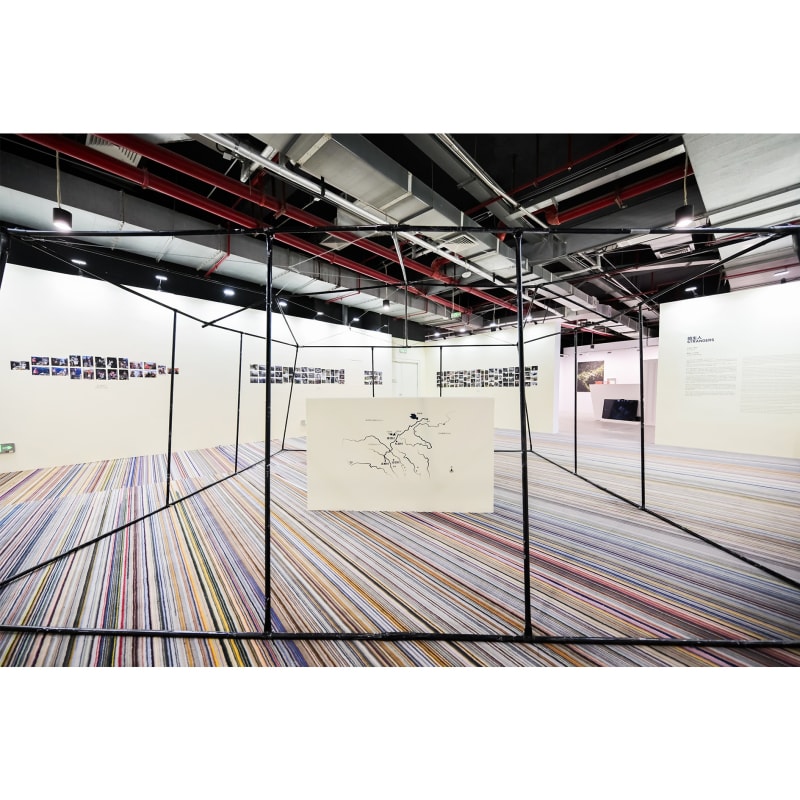
-
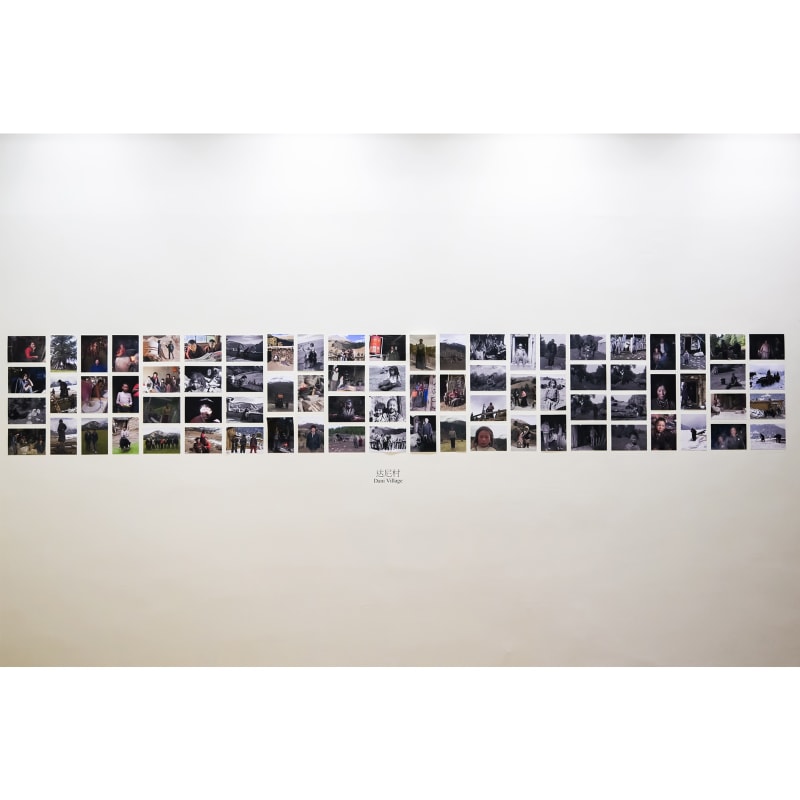
-
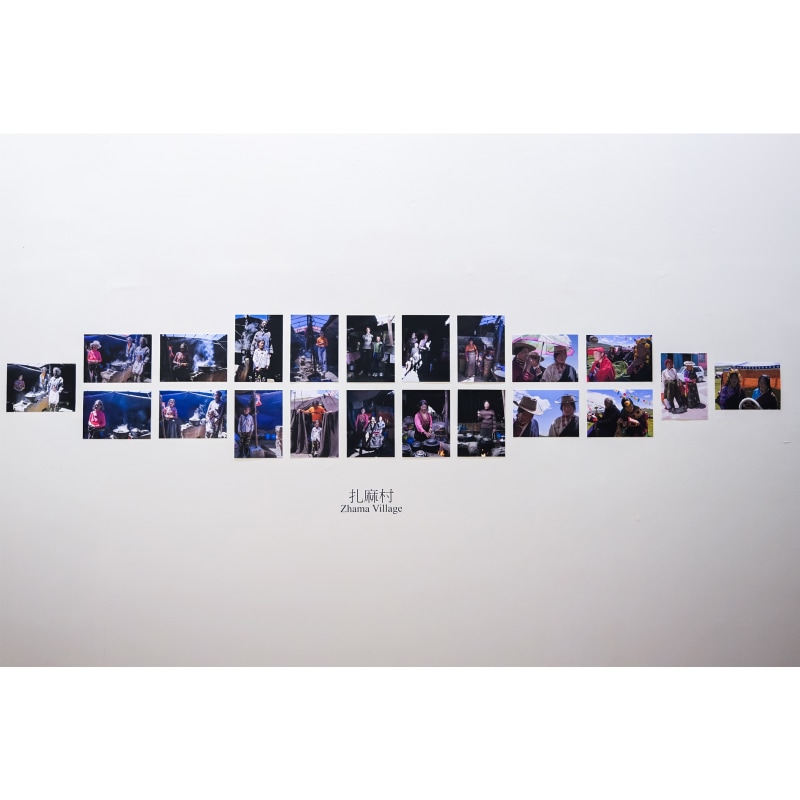
-
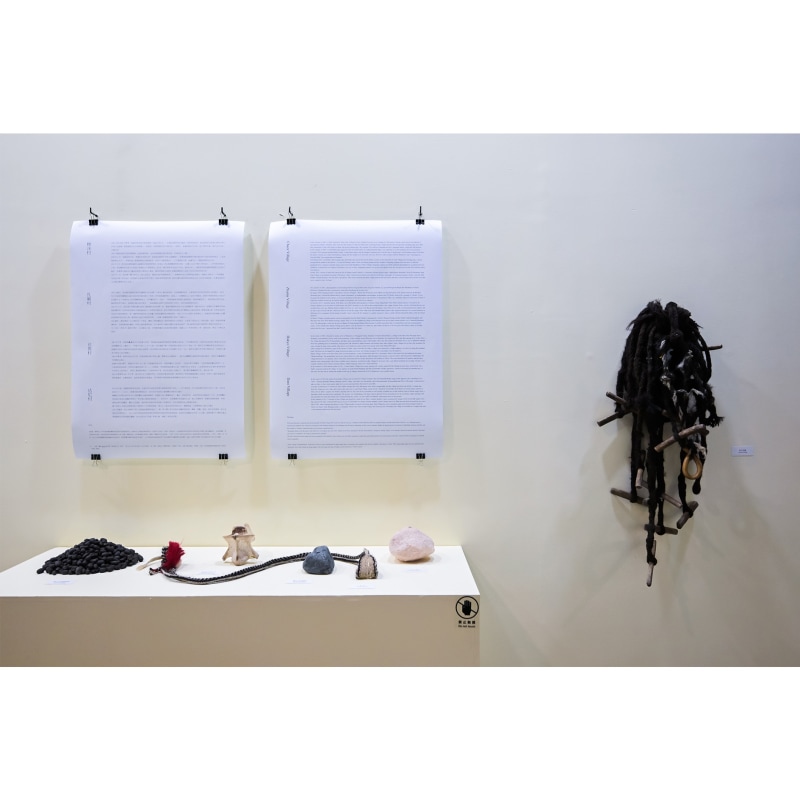
-
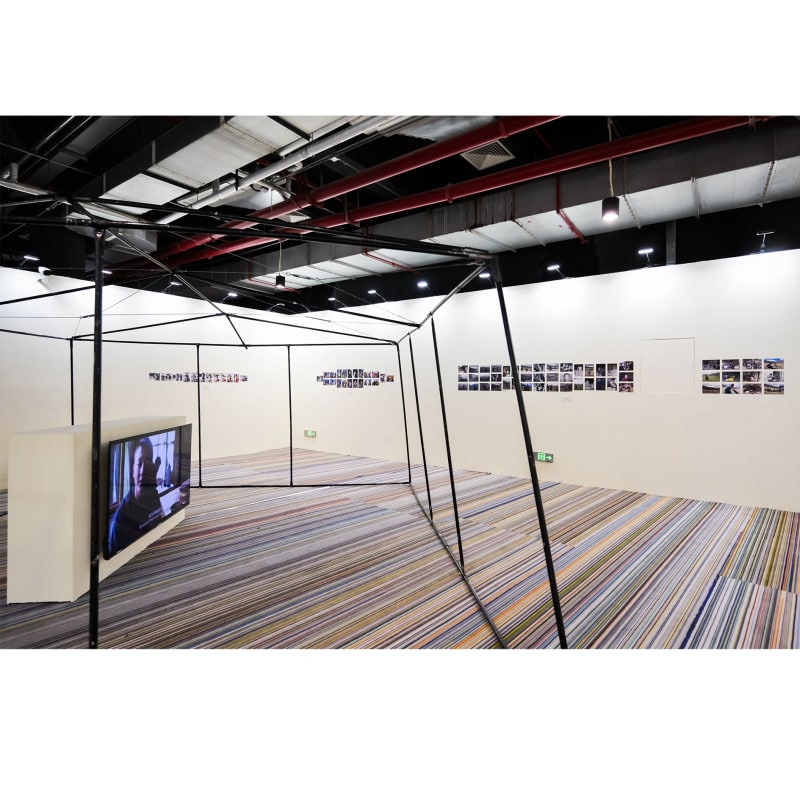
-
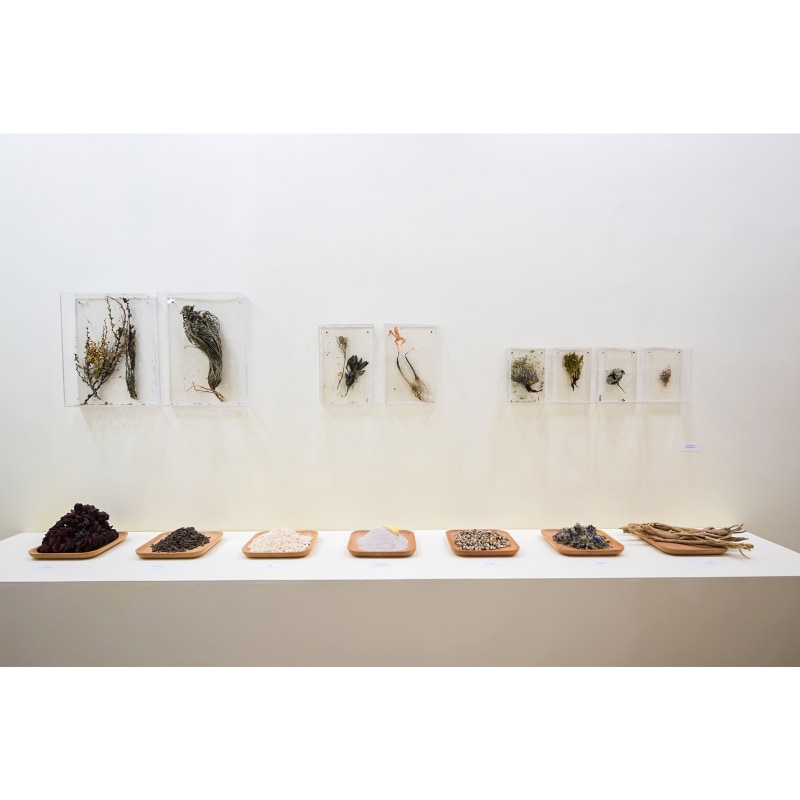
-
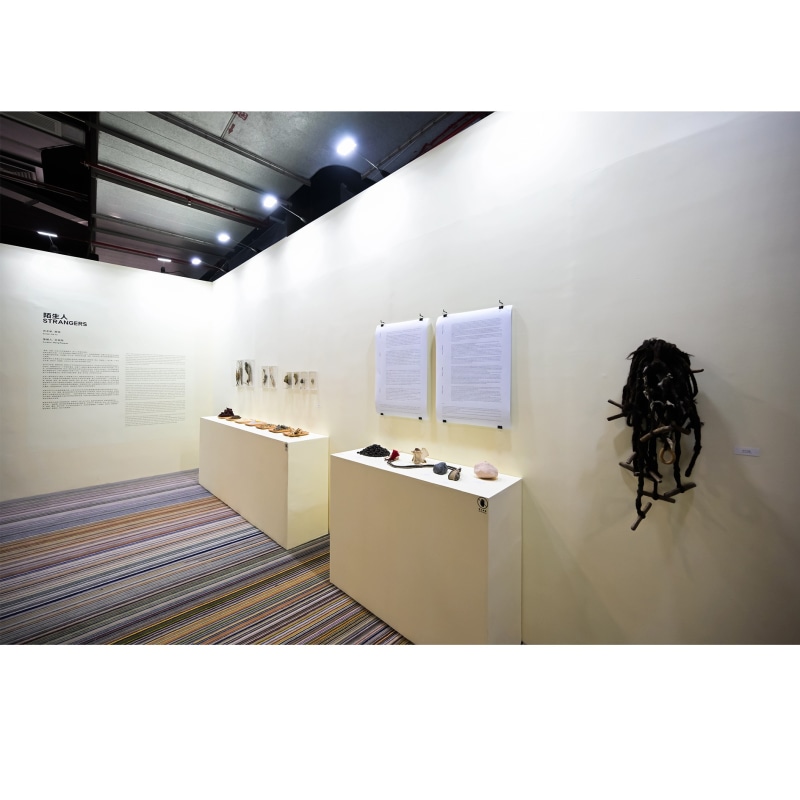
-
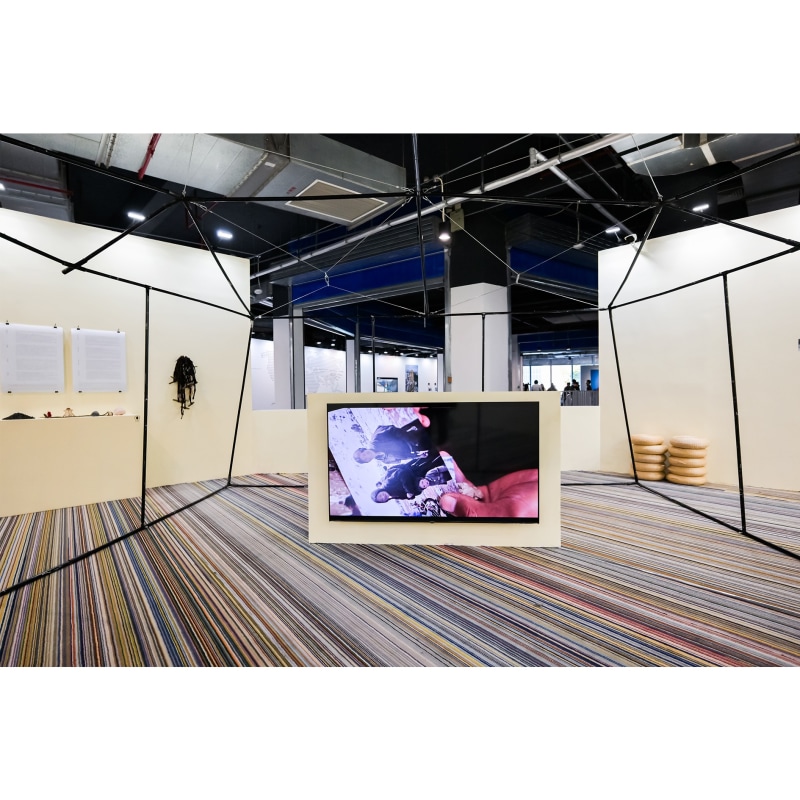
-
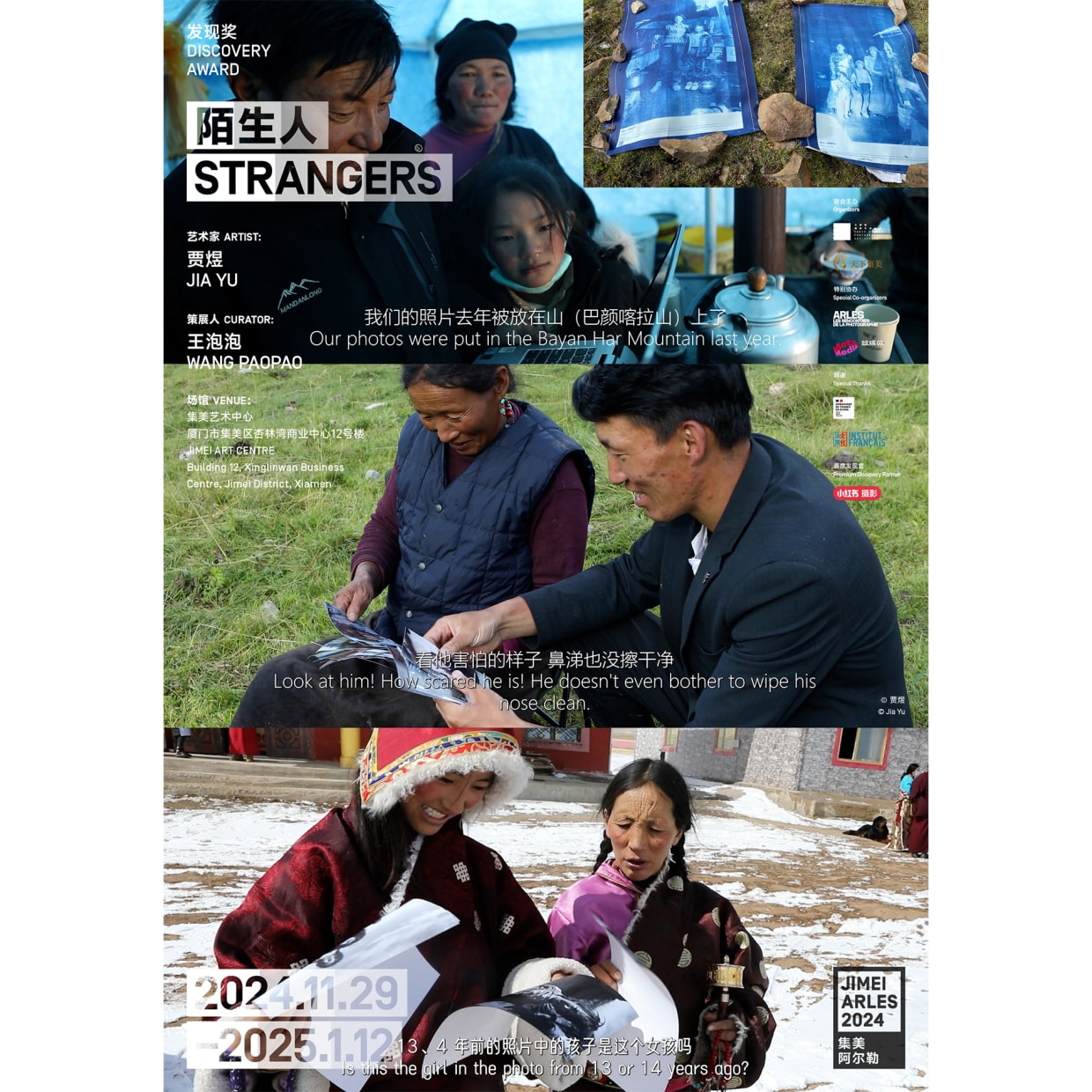
-
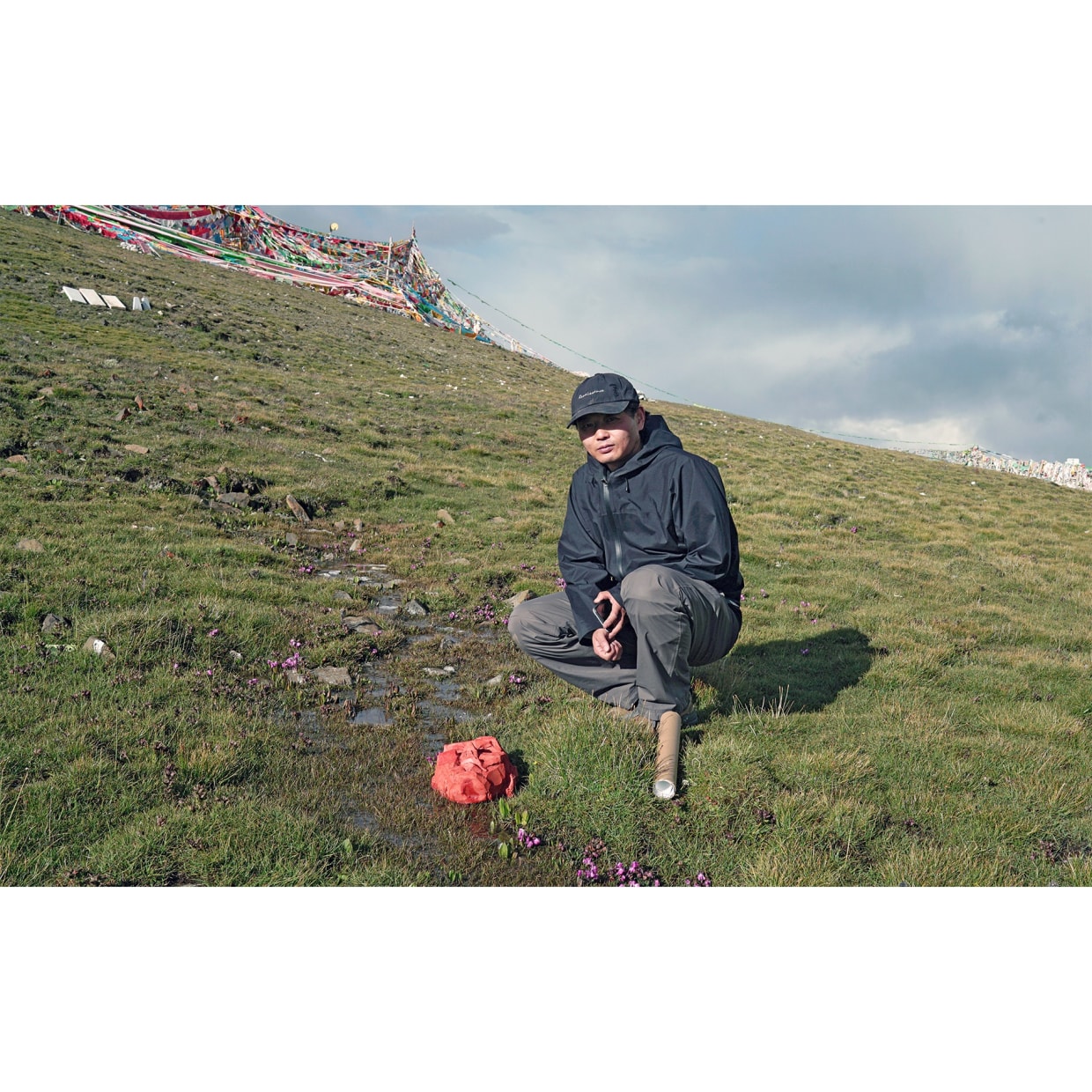
-
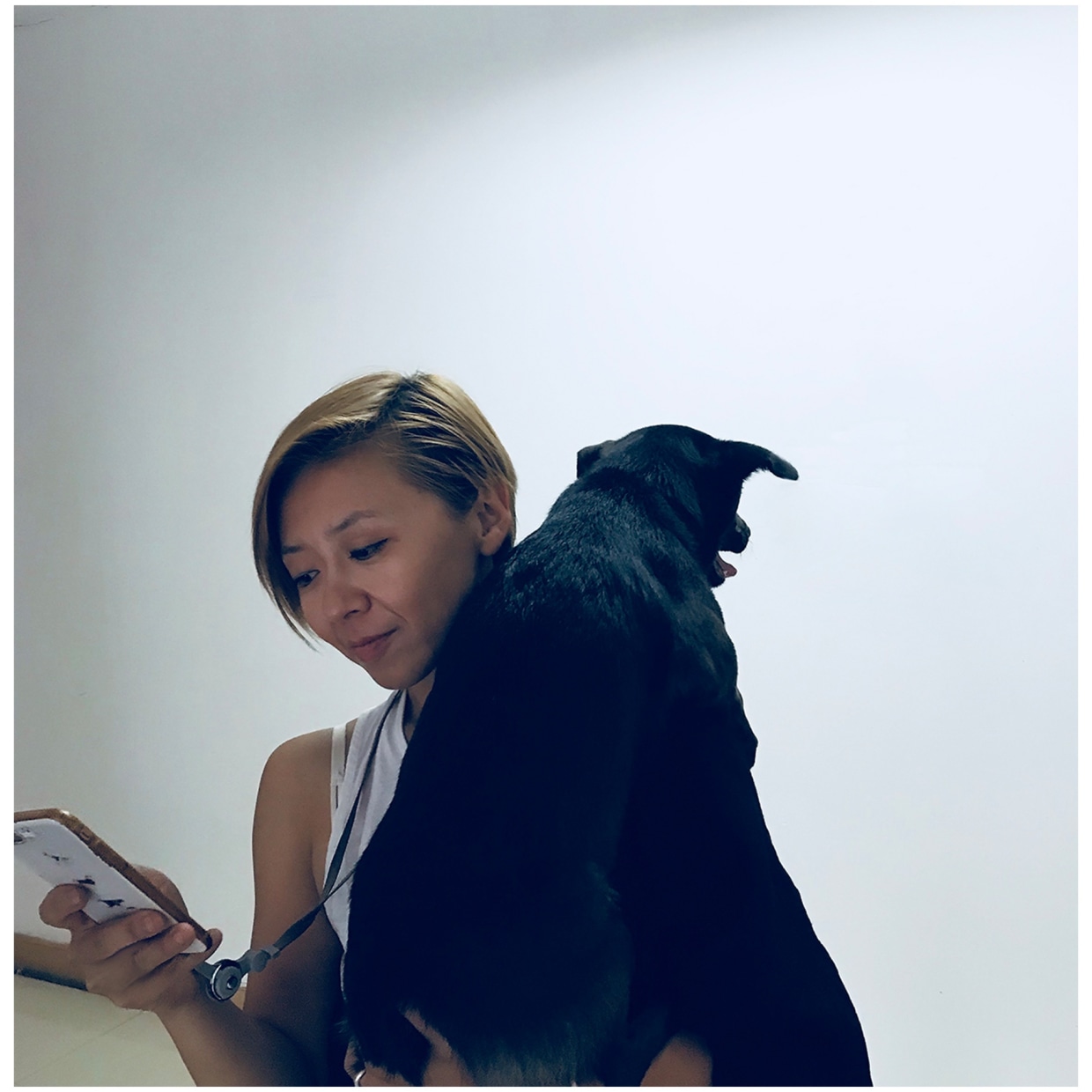
-
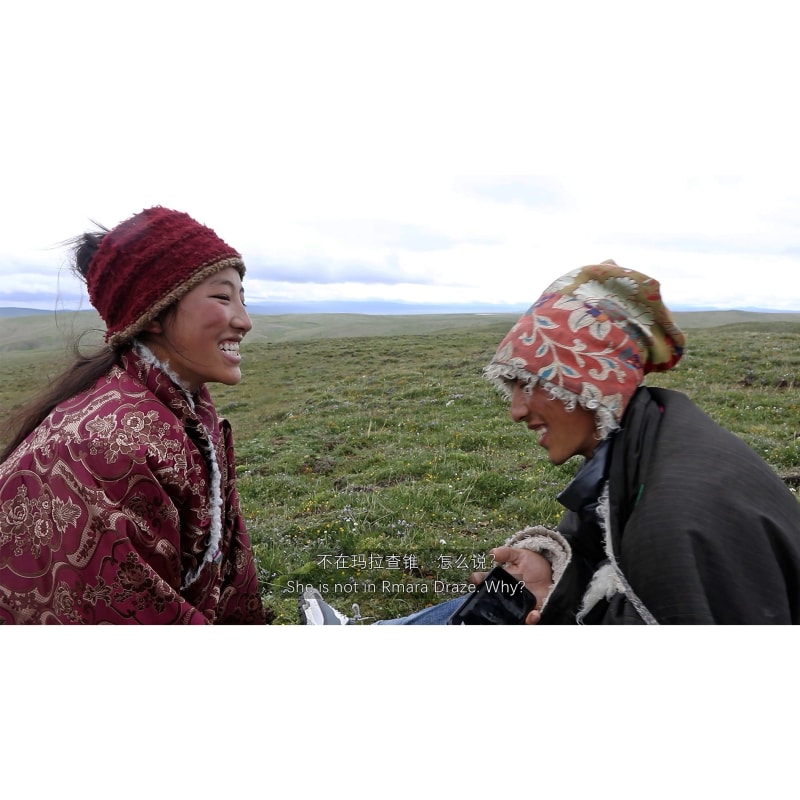
Jia Yu, Strangers (Still), nomad Gengsang Angmao and her brother, filmed in Mala Chazhui Pasture, the Gyaring Lake, 2021. Courtesy of the artist.
-
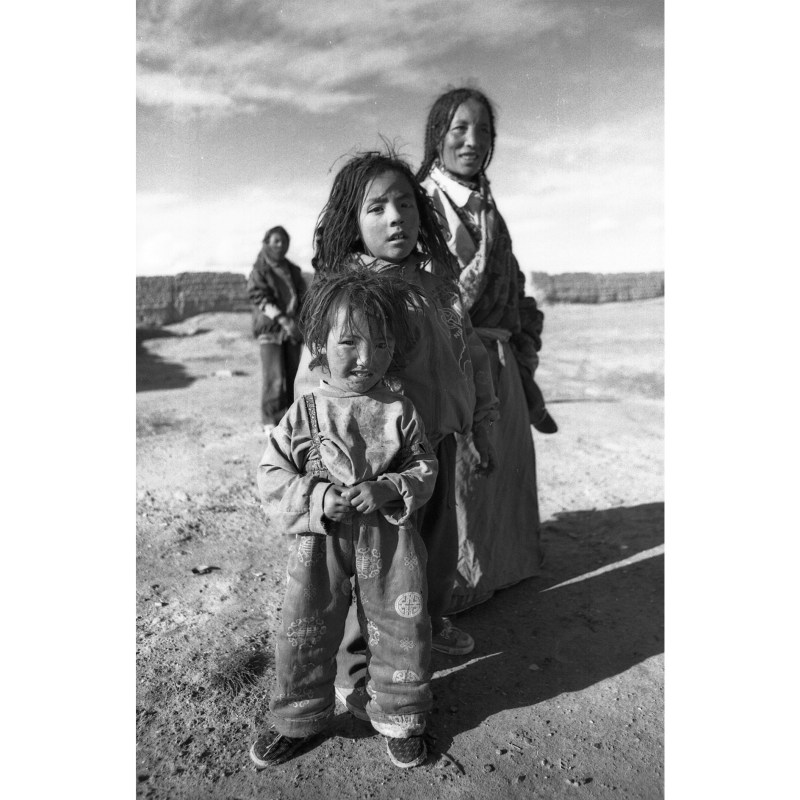
Jia Yu, Gengsang Angmao and Her Family, taken at the Gyaring Lake, 2004. B&W film. Courtesy of the artist.
-
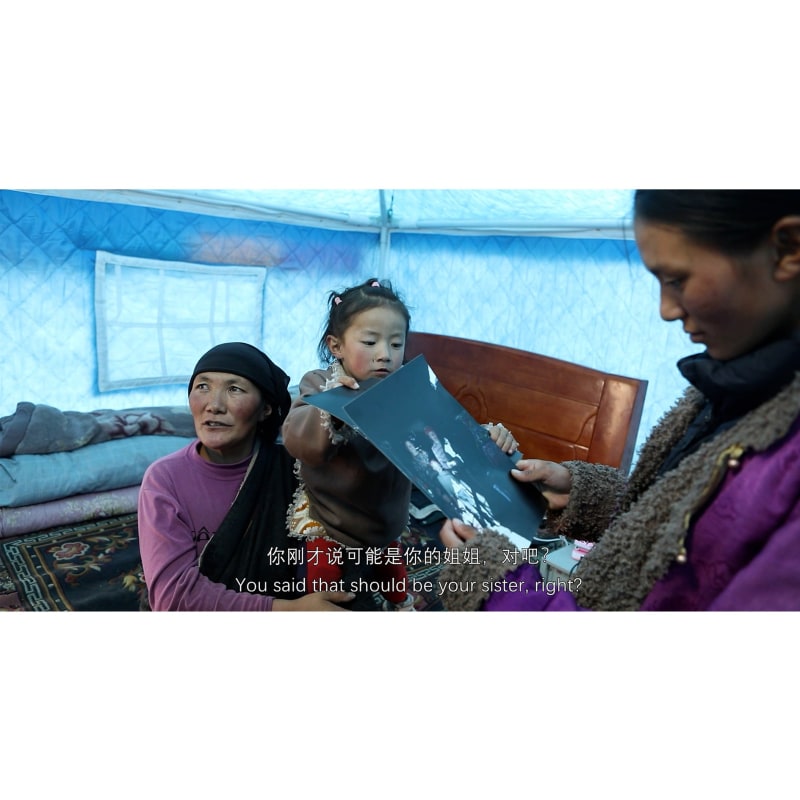
Jia Yu, Strangers (Still), herdswoman Zhaxi Zhuoma and her family, filmed at Bayan Har Mountain, 2021. Courtesy of the artist.
-
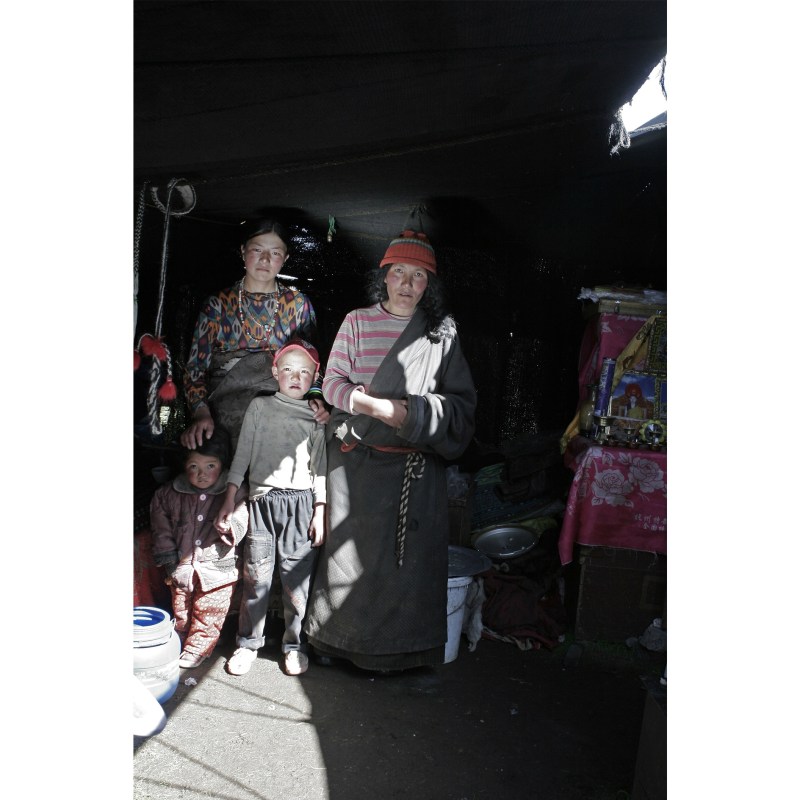
Jia Yu, Zhaxi Zhuoma and Her Family, taken at Bayan Har Mountain, 2009. Digital photograph. Courtesy of the artist.
-
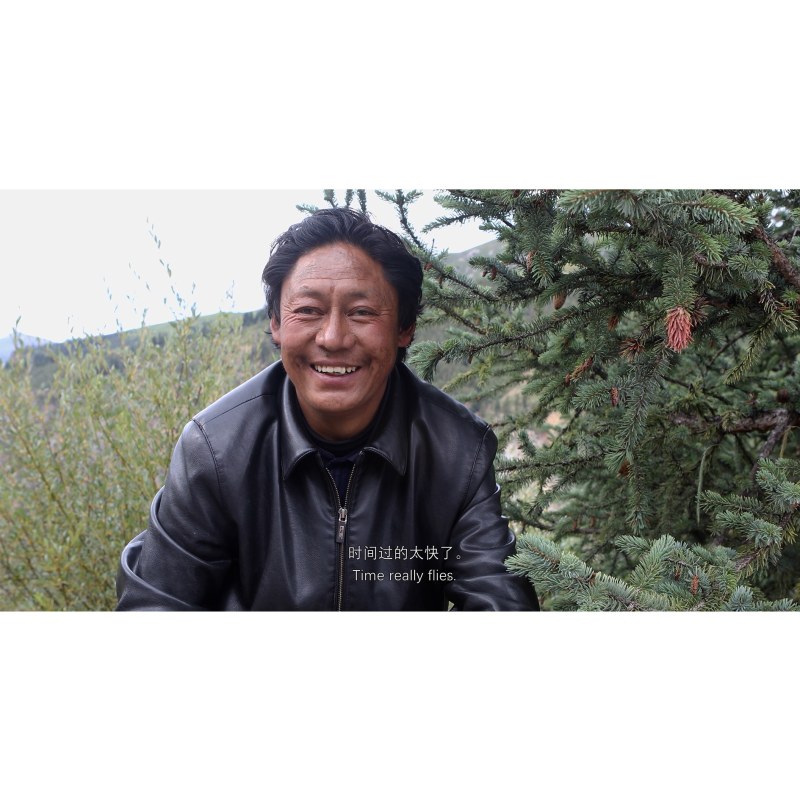
Jia Yu, Strangers (Still), nomad Pubu, filmed in Dajiao Village, 2021. Courtesy of the artist.
-
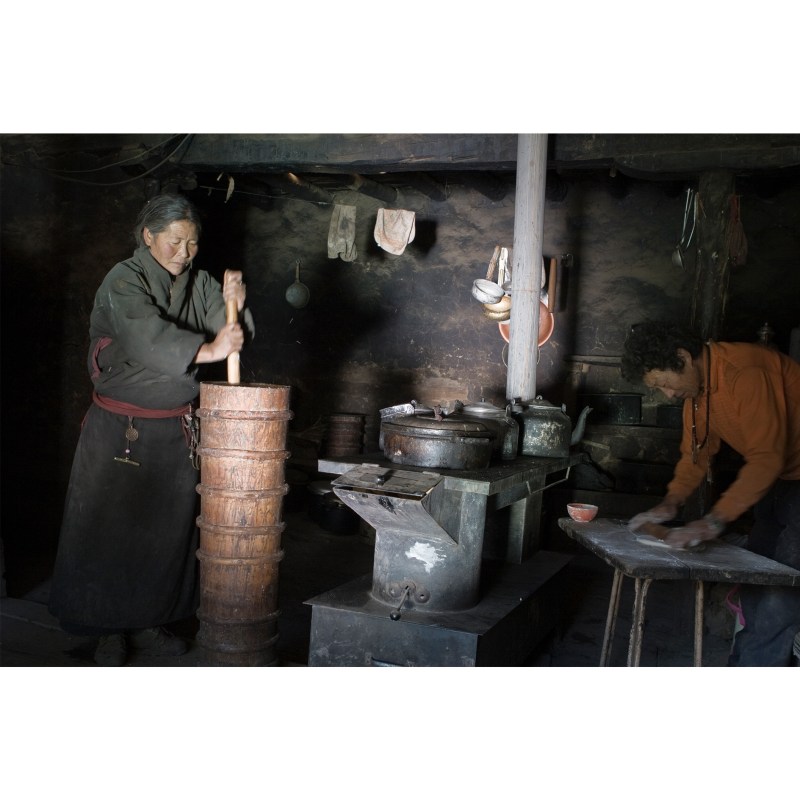
Jia Yu, The Daily Life of Nomads, taken in Dajiao Village, 2012. Digital photograph. Courtesy of the artist.
-
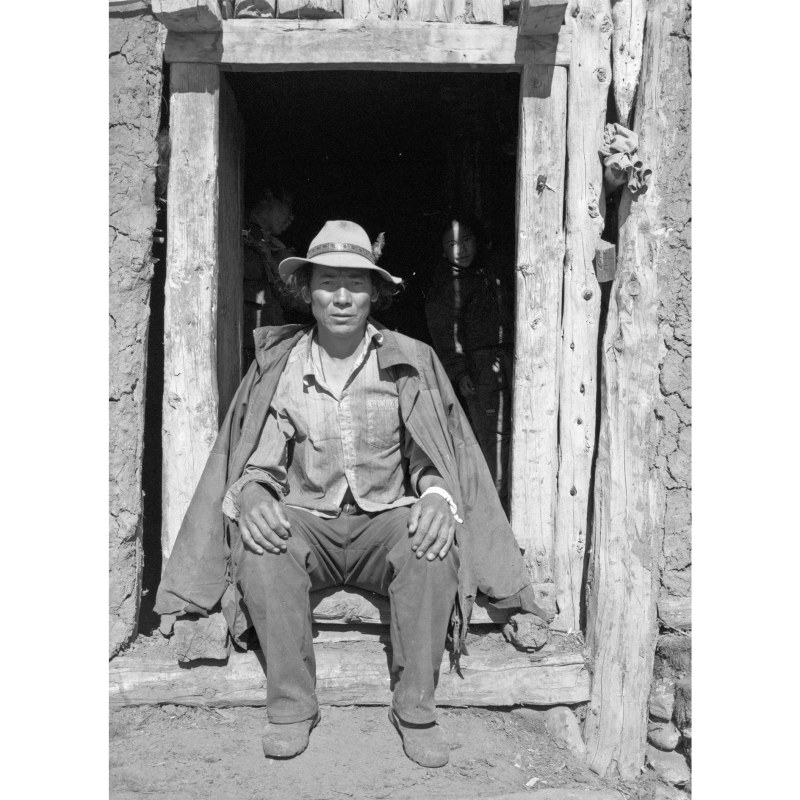
Jia Yu, Nomad Luoni, taken in Dani Village, 2012. B&W film. Courtesy of the artist.
-
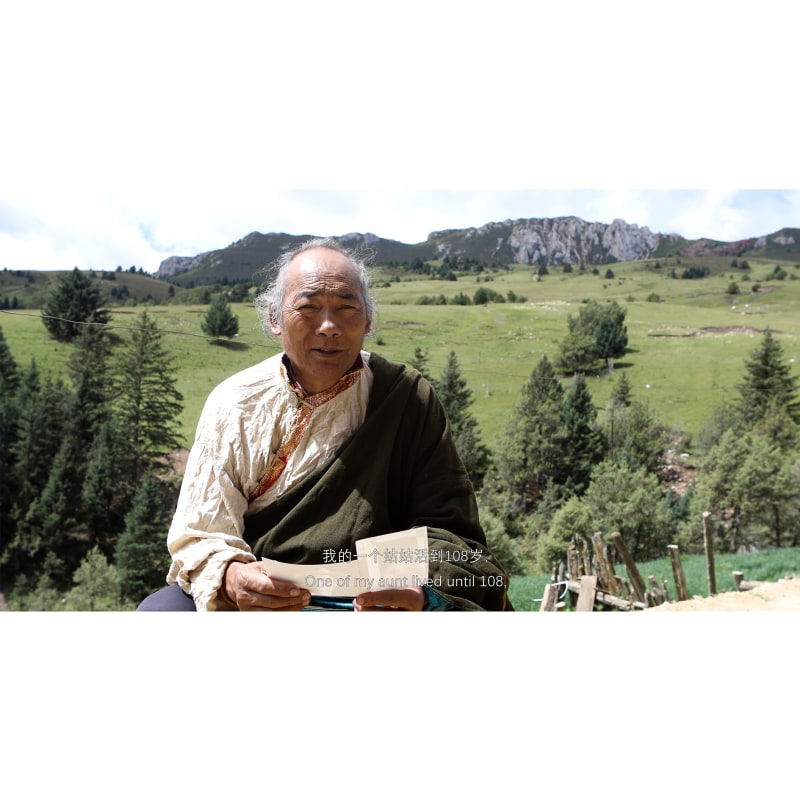
Jia Yu, Strangers (Still), nomad Luoni , filmed in Dani Village, 2021. Courtesy of the artist.